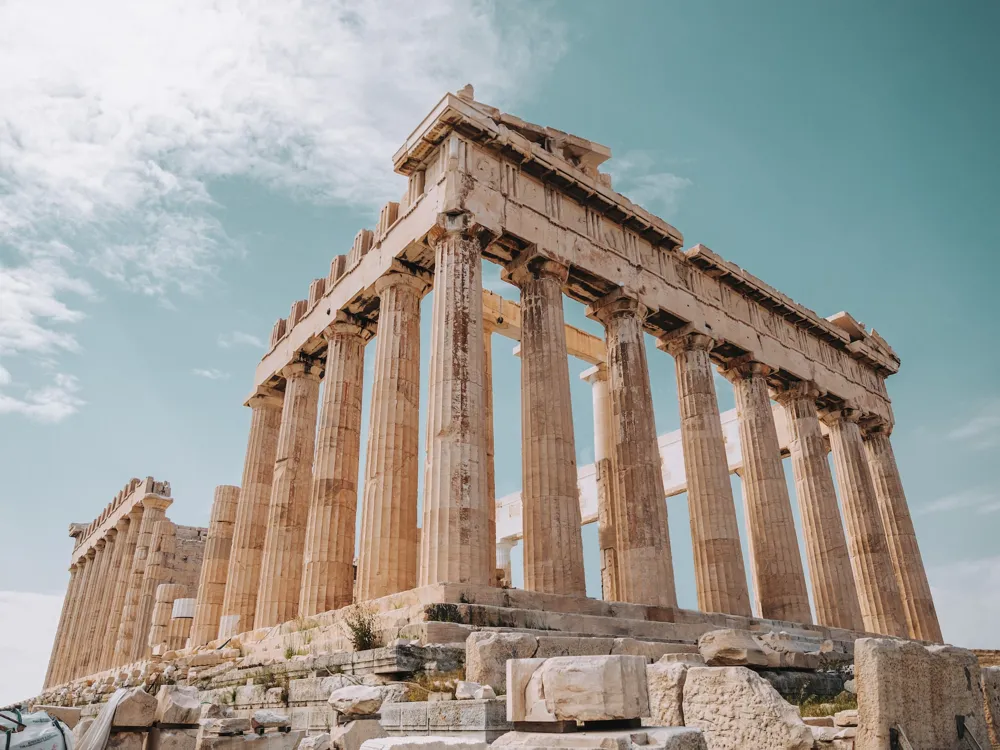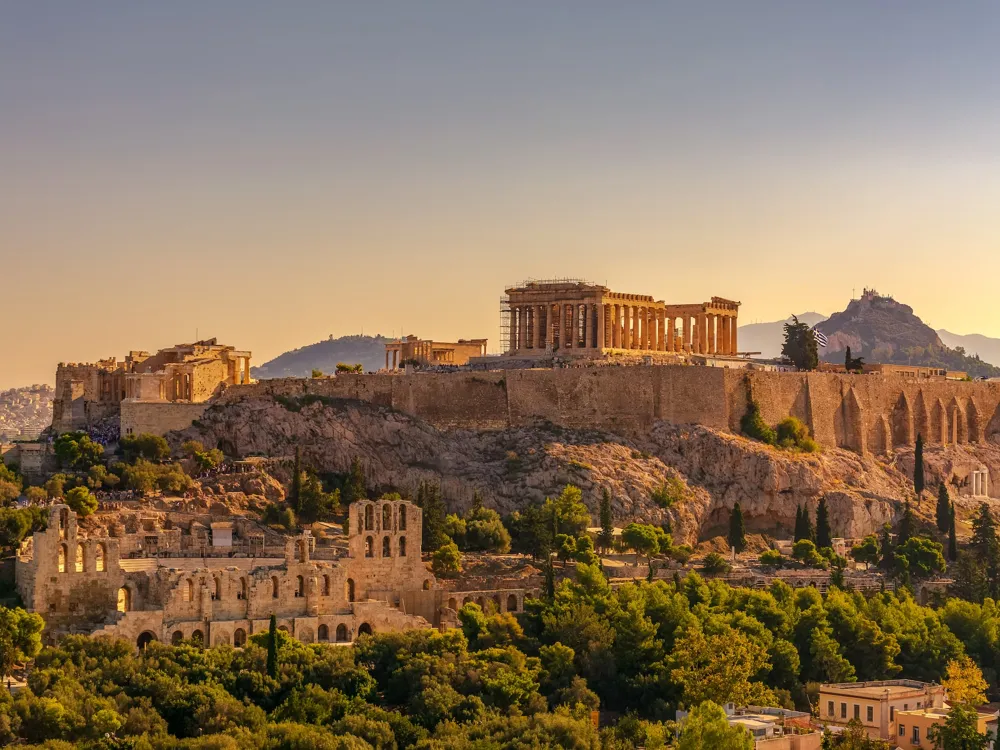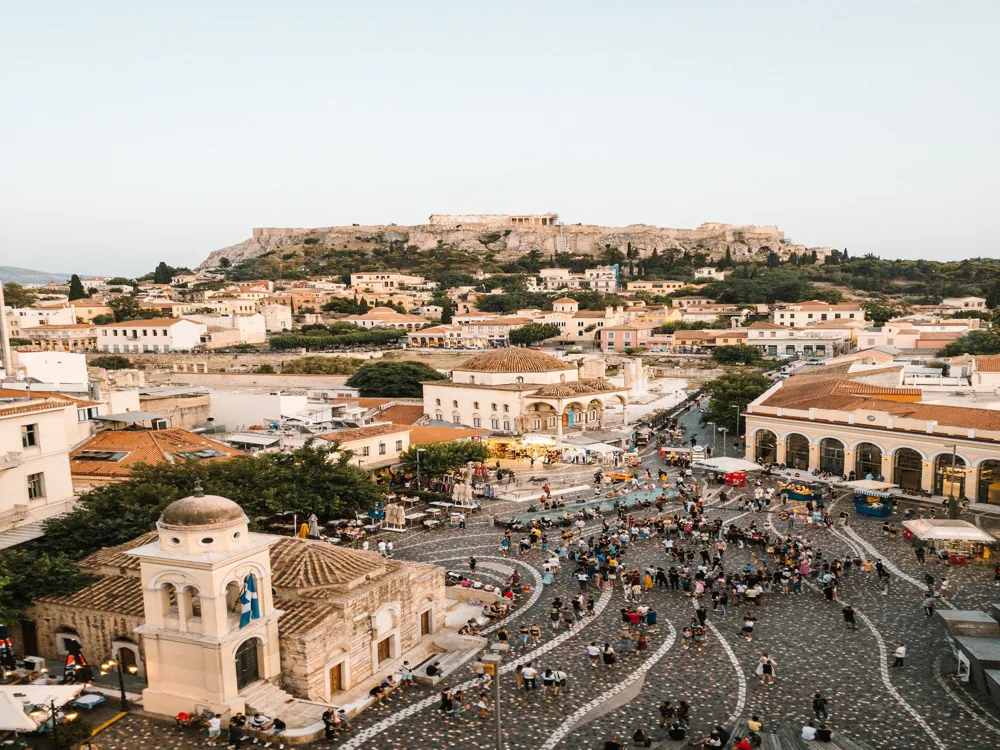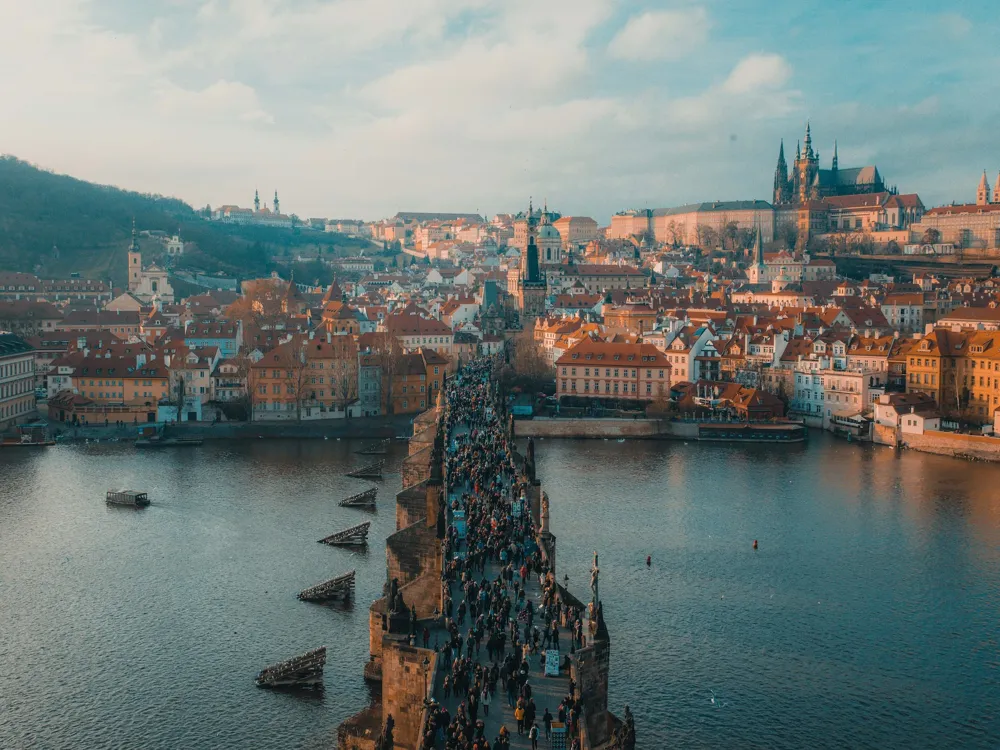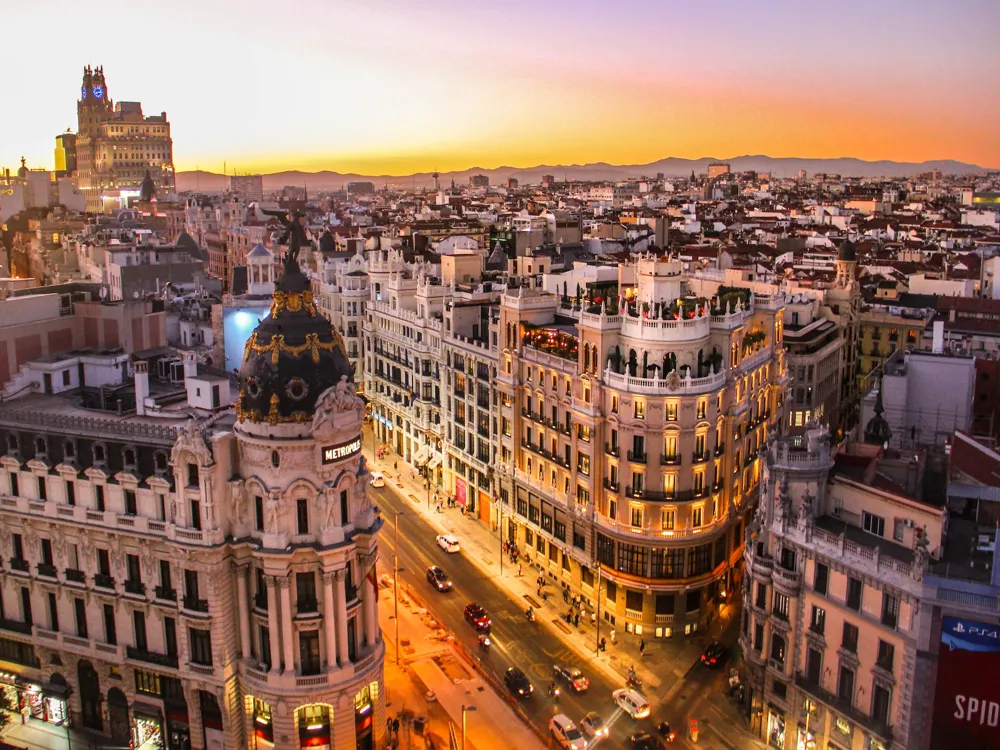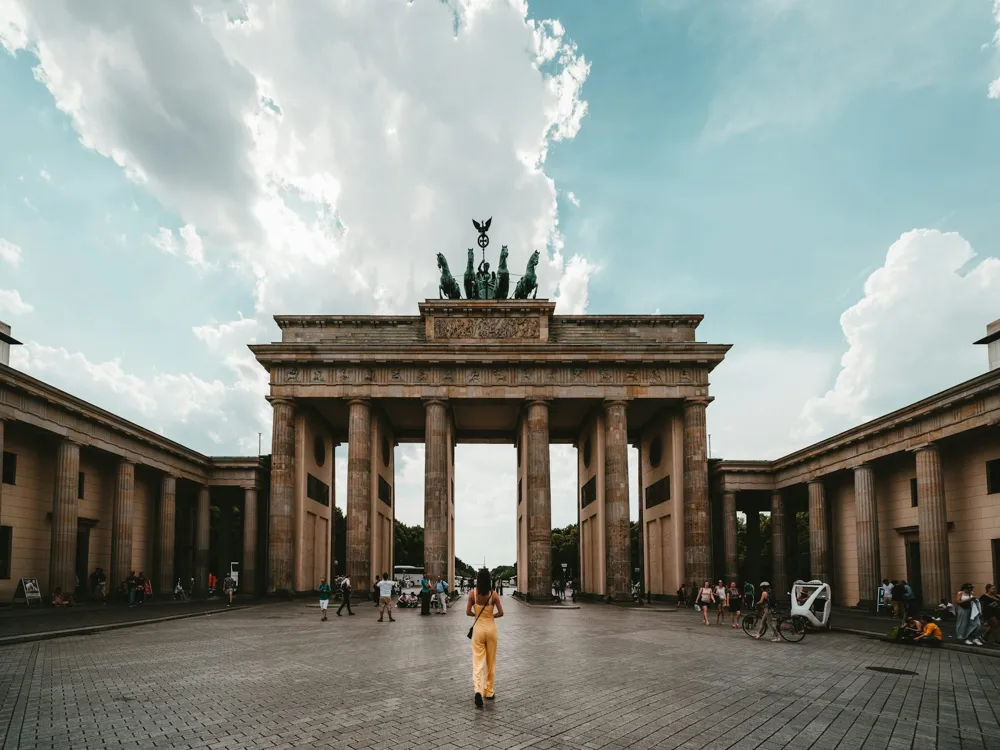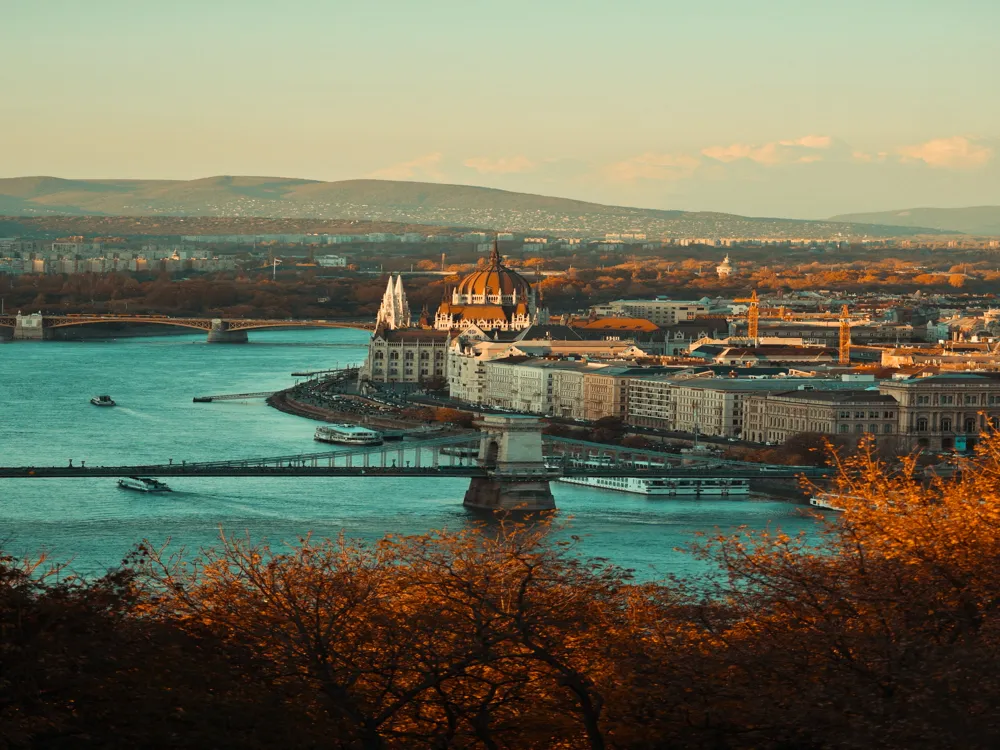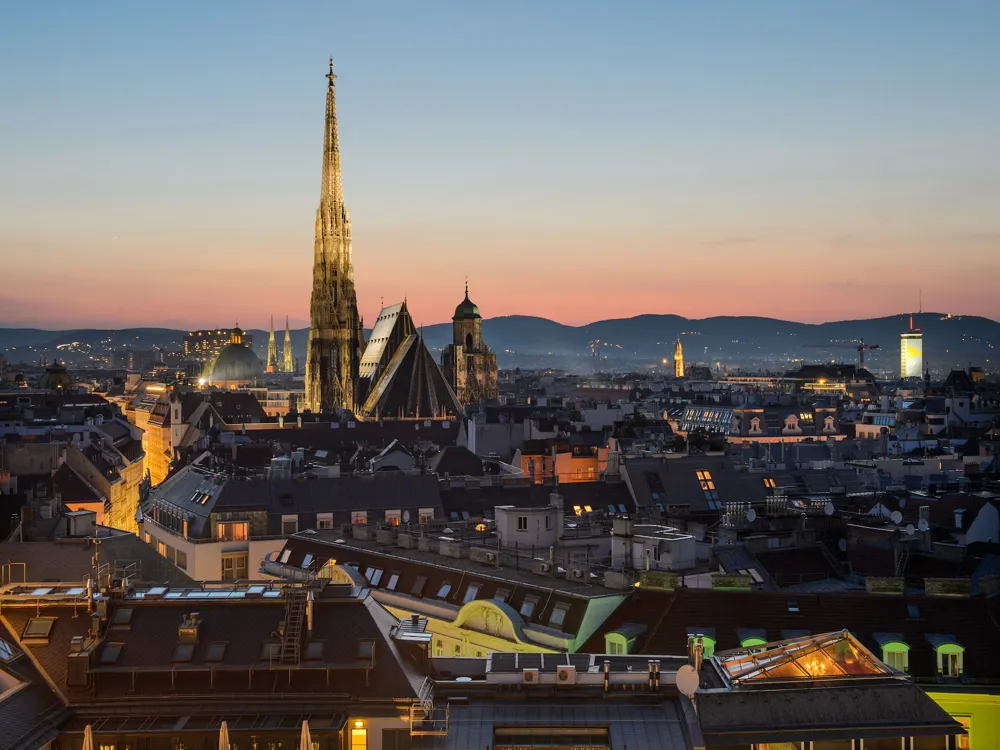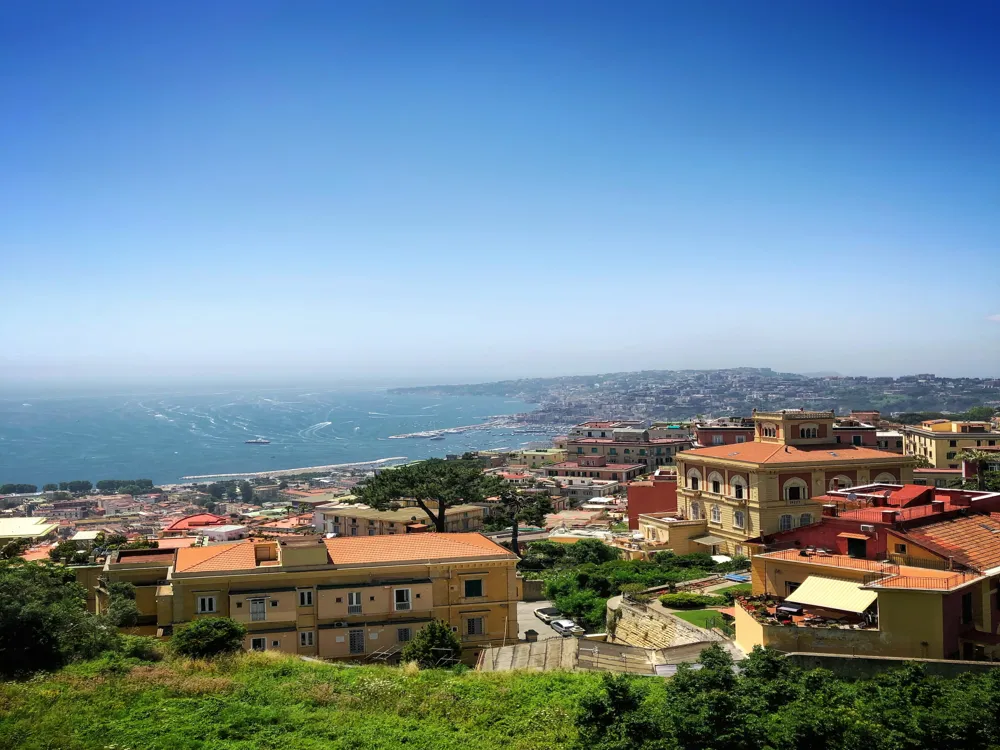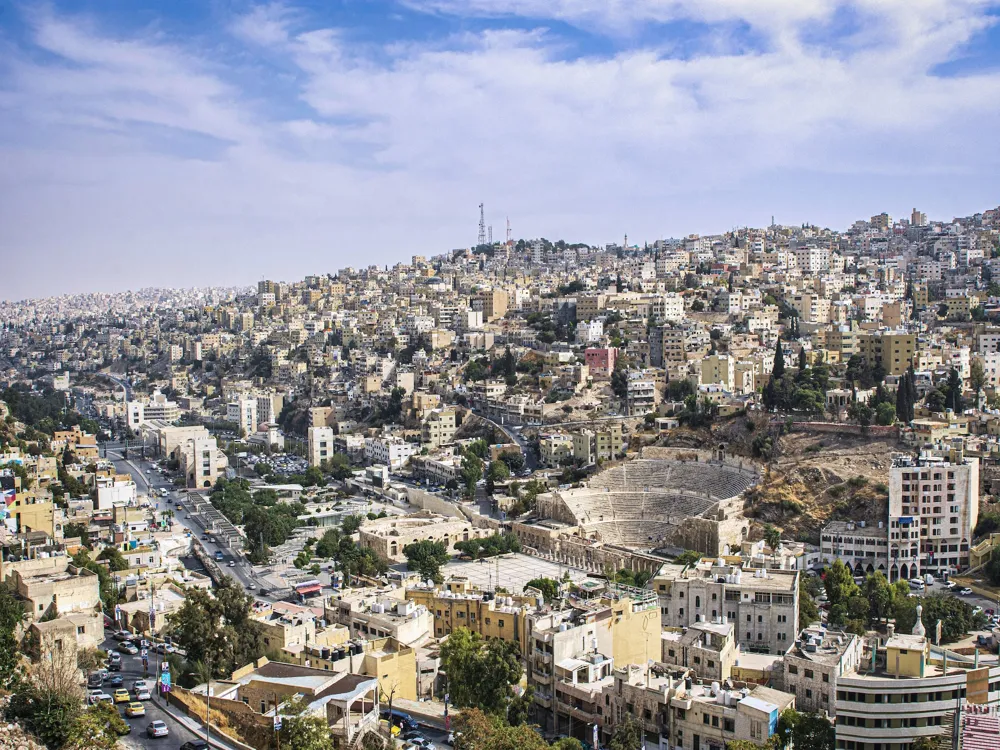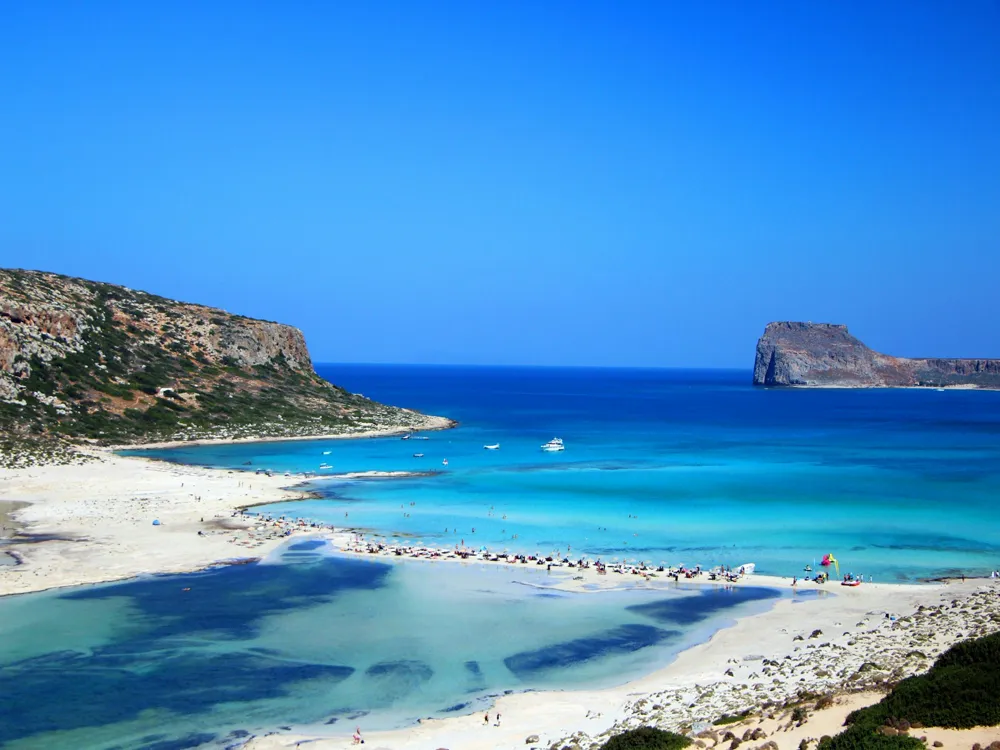Plan Your Travel To Athens
Places To Visit In Athens
Parnitha National Park
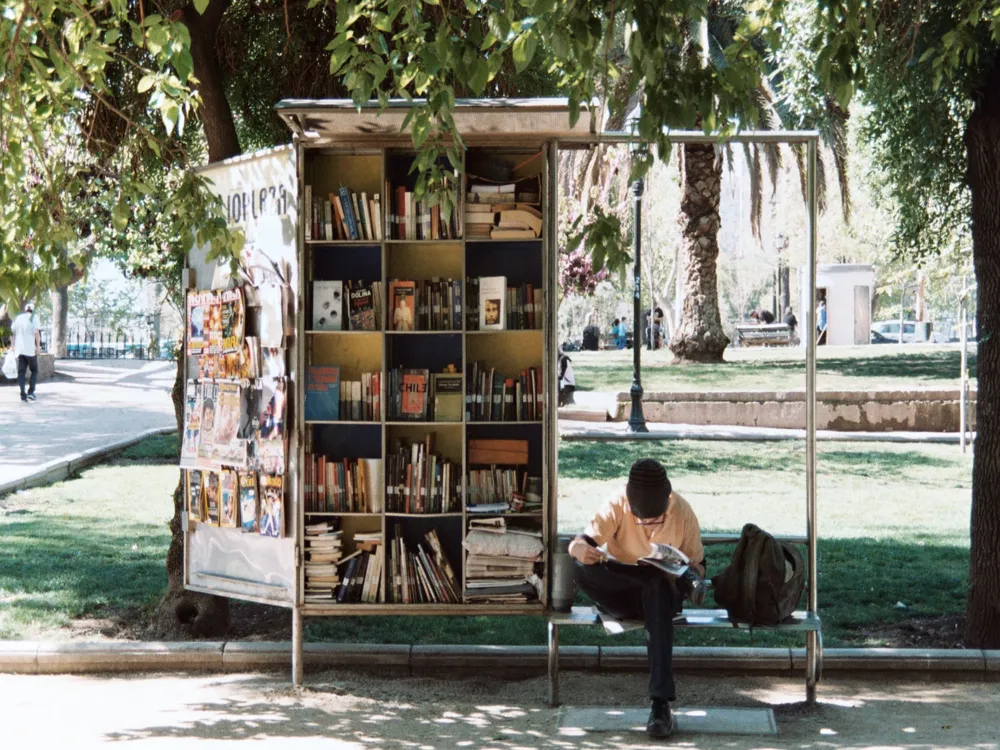
Mount Parnitha National Park is a protected area located on top of the highest peaks in Attica, close to Athens. Overlooking the entire peninsula, the park's distinctive features include caves, lakes, dense forests, and historical monuments such as Byzantine monasteries, ancient fortresses, and gaudily abandoned palaces.
There are numerous hiking trails across Mount Parnitha, most of which are well-marked and weave through the park's various peaks, ecosystems, and sceneries. The Mpafi (or Bafi) and Flampouri (or Flambouri) refuges, which offer stunning views and options for lodging and dining, are two noteworthy spots.
Read More
Parthenon
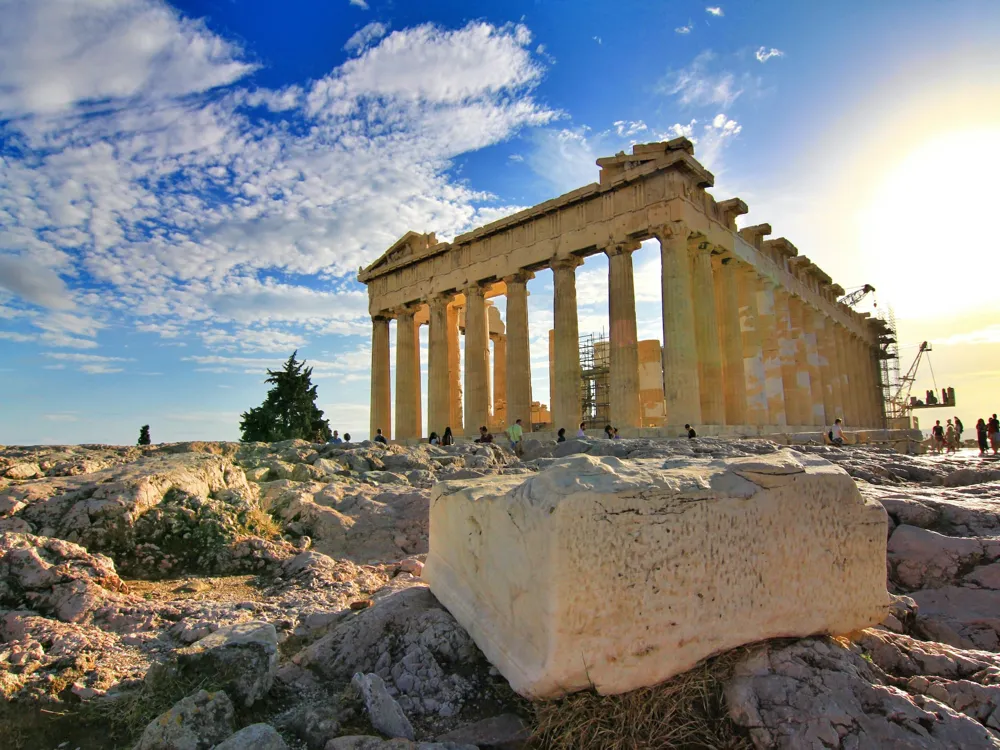
The Parthenon is an iconic landmark of Acropolis, Greece. This ancient temple is dedicated to Athena, one of the most cherished and famous Greek deities. Built in 447BC, it attracts tourists from around the world because of its perfect symmetry, towering columns, sculptures of Greek art, and more than 2000 years of rich history.
At the Parthenon, one can hire a guide to learn more about the structure's history, rulers, etc. Several information signs explain the same in detail. A classic architectural design, the Parthenon undoubtedly went through its share of destruction but has managed to stand the passage of several empires, periods, conflicts, historical events, etc. The renovation aims to restore the marble and more than 300 ancient stones on the structure. Originally a temple, the Parthenon has donned different roles over the years. It was converted to a church and then became a mosque after the Ottomans took over. It was bombarded during various wars, converted to the state treasury and today stands with authority and aura as a cultural symbol.
Read More
Philopappos Monument
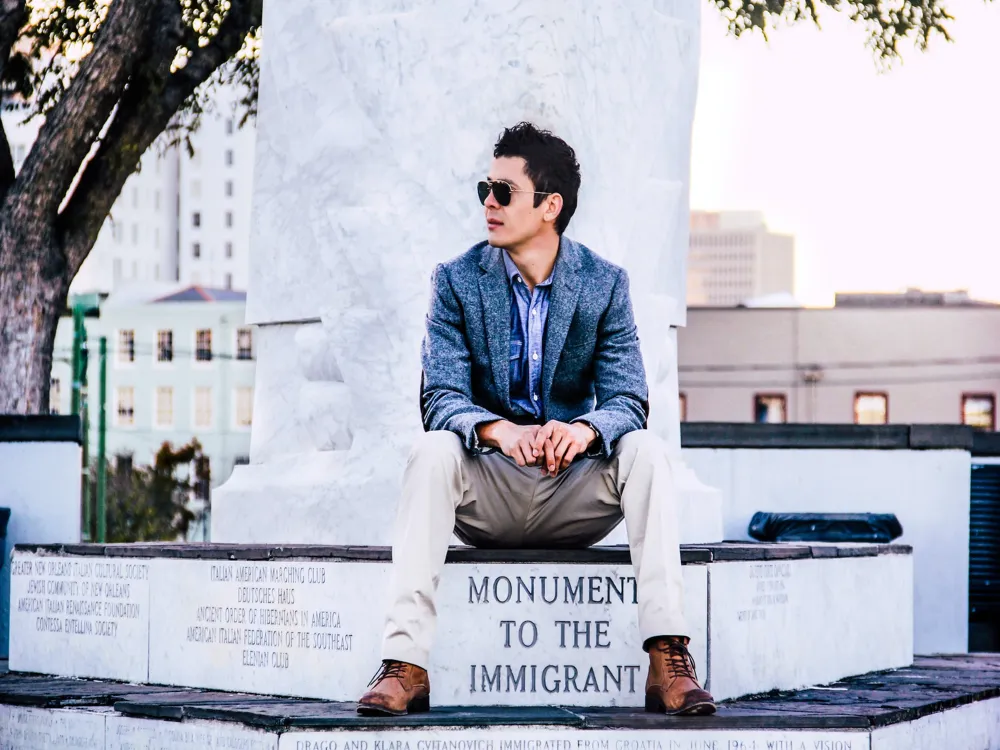
Philopappos monument is a two-storey structure dedicated to Philopappus, a prince from the Kingdom of Commagene. Philopappos died in 116, and his death caused great grief to the citizens of Athens. As a dedication to honour his memory, people built a tomb structure on Mouseion Hill near the Acropolis. His tomb monument, made of marble is known as the Philopappos Monument.
Plaka
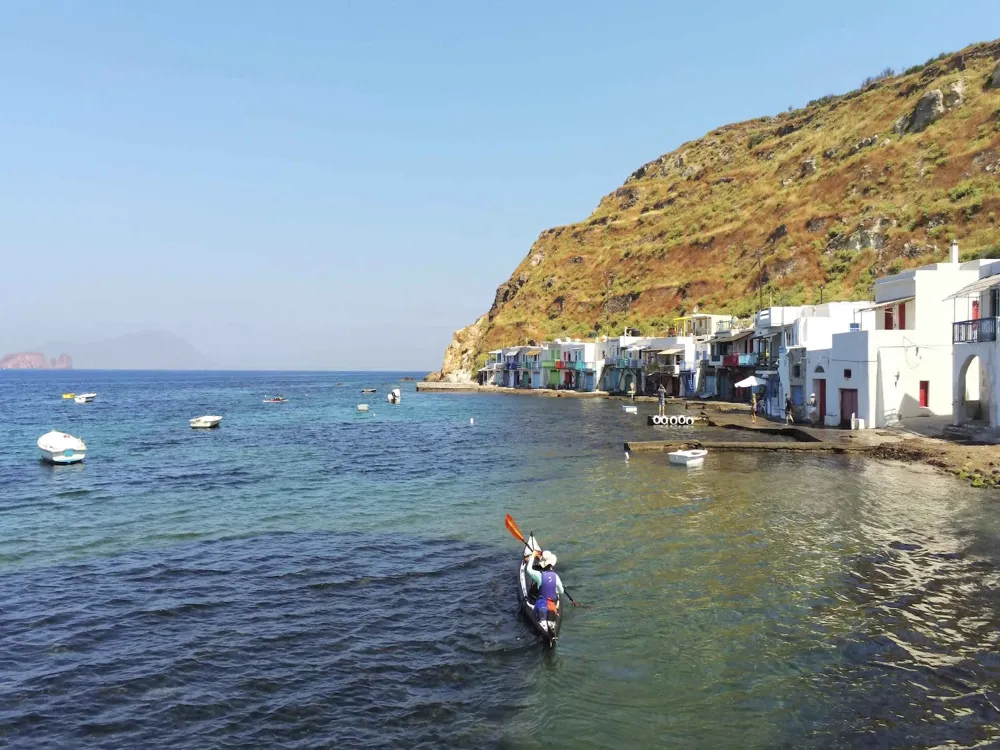
Plaka is the old historical neighbourhood of Athens, clustered around the Acropolis. Plaka is built on top of the residential areas of the ancient town of Athens. It is also known as the "Neighbourhood of the Gods" due to its proximity to the Acropolis and its many archaeological sites.
The name Plaka was given after the Greek war of independence. Plaka is swamped by thousands of tourists around the year. Museums in the Plaka area include the famous Acropolis Museum, Jewish Museum of Greece, the Museum of Greek Folk Art, the Museum of Popular Music Instruments, the Museum of Pavlos and Alexandra Kanellopoulou, the Frissiras Museum and the Athens University Museum.
Read More
Syntagma Square
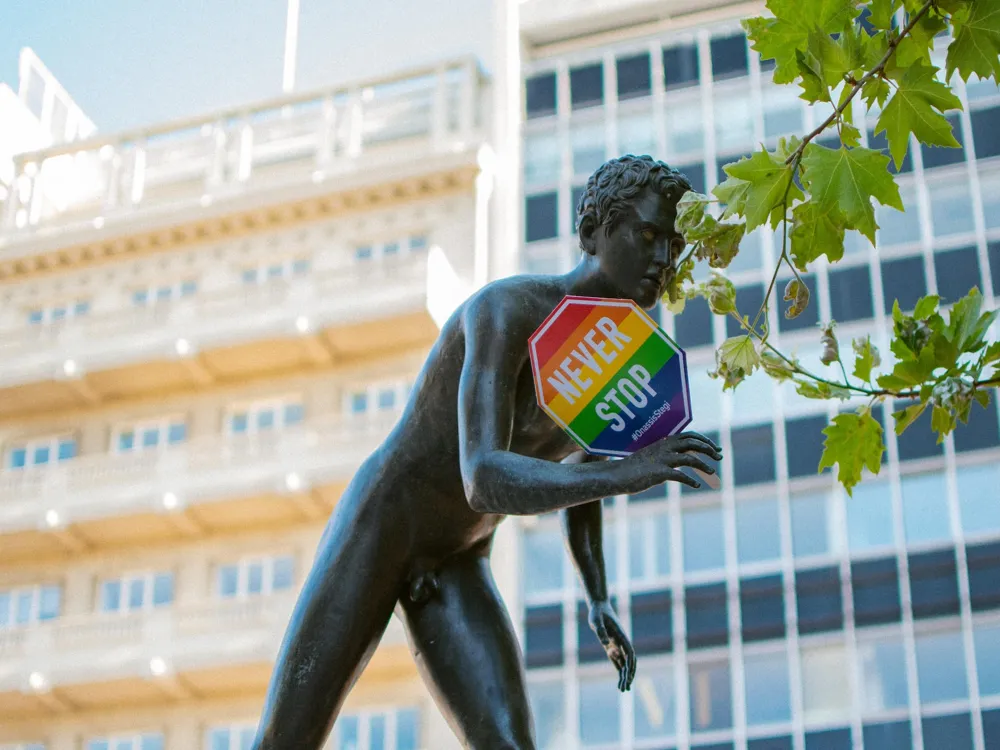
Syntagma Square is the central square in Athens. It is an important square both from a historical and social point of view. Opposite the square is the Greek parliament, surrounded by beautiful national gardens which are open to the public. The changing of the guard ceremony is conducted in front of the tomb of an unknown soldier in the area between Syntagma Square and the parliament building.
It is named after the constitution that the first king of Greece Ottowaas obliged to grant after a popular military uprising.
Read More
Temple of Hephaestus
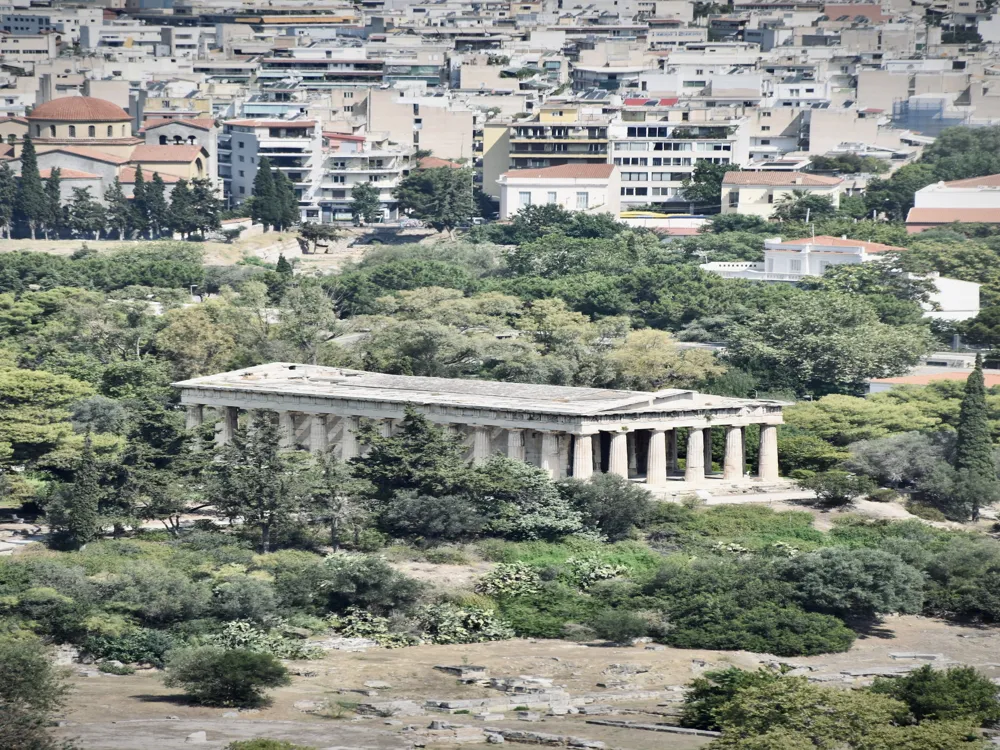
Temple of Hephaestus is among the very few structures left in Athens, standing as it was originally built. Hephaestus was the god of metal working, craftsmanship and fire. Around 700 CE, the temple was turned into a church dedicated to Saint George. When Athens became Greece's capital in 1834, the publication of the relevant royal edict was made in this temple.
The temple was also used as cemetery for non-Orthodox Europeans in the 19th century. Among them were many Philhellenes, who gave their lives for the cause of the Greek War of Independence (1821 _ 1830). The building is made of marble with its ceiling being wooden. The tiles are made of terracota and steps of limestone.
Read More
Temple of Olympian Zeus
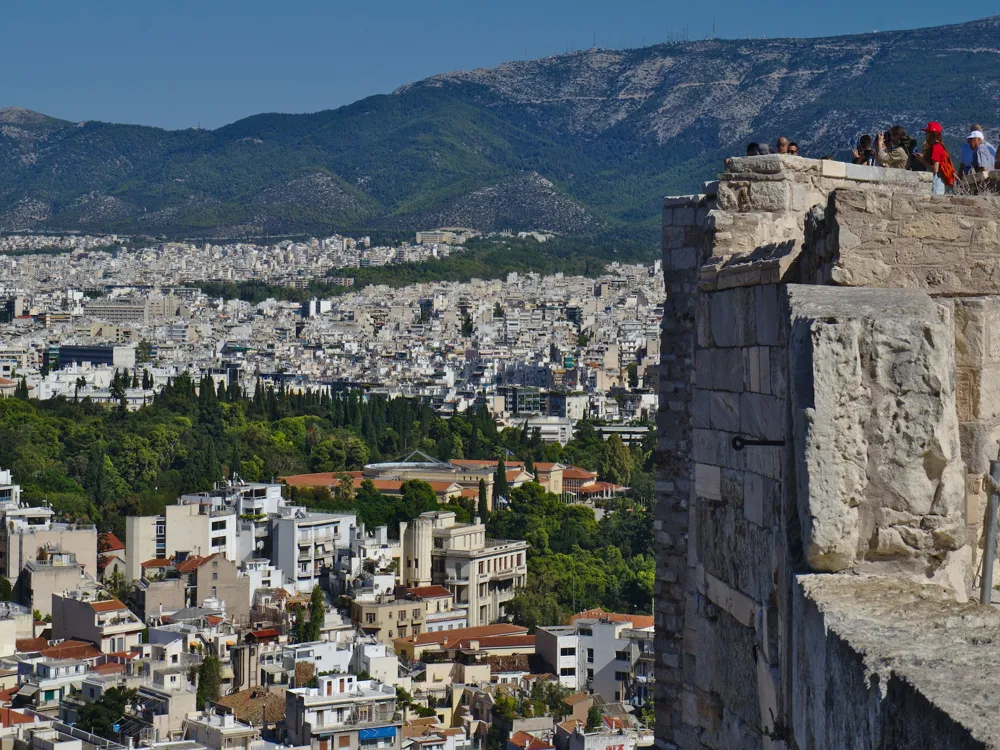
The temple or columns of Olympian Zeus is a ruined temple in the centre of Athens which was dedicated to Zeus, King of Olympian gods. The temple is situated close to Syngtama square. Fifteen columns remain standing today, and the sixteenth column lies on the ground.
Over the following centuries, the temple was unearthed to provide building materials for the houses and churches of medieval Athens. Nothing remains of the cellar or the great statue that it once housed.
Read More
National Gallery Athens
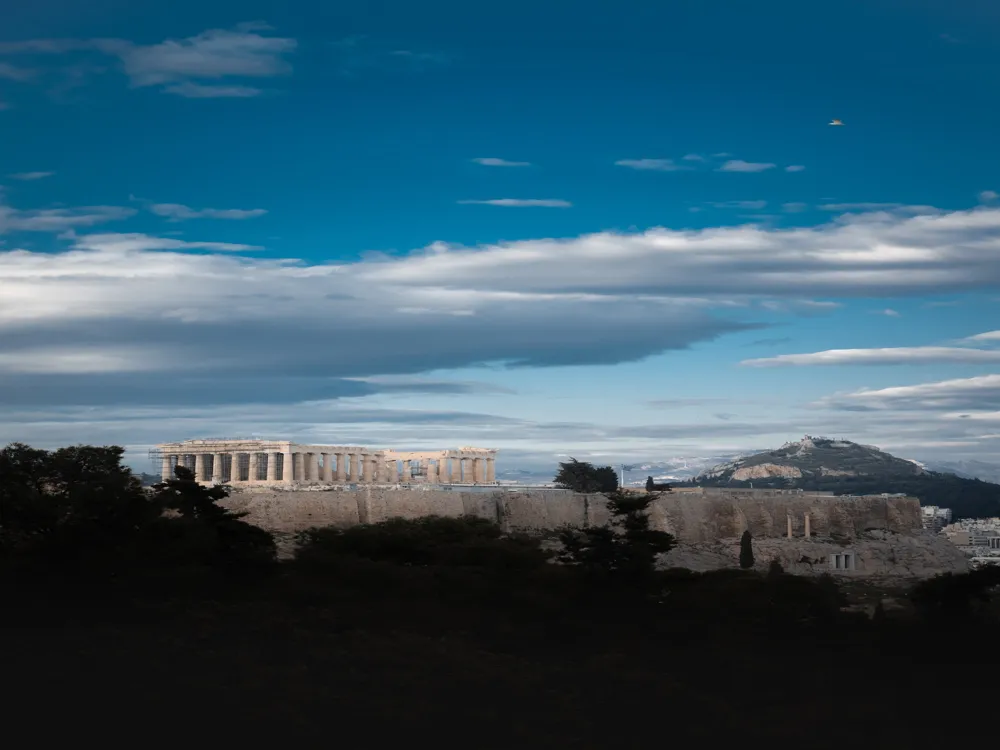
The National Gallery or the Alexandros Soutzos Museum is the most important museum of Greek art and focuses primarily on post-Byzantine Greek art from the 14th to the 20th century. Opened in 1900, it is situated in the Pangrati district of Athens. It can be reached through Metro at the Evangelismos station.
The National Gallery of Athens was established by the lawyer and art-lover Alexandros Soutzos. The museum is home to over 20,000 artworks, many of which belong to the Renaissance era, such as The Adoration of the Shepherds by Jacob Jordaens and Ahasuerus by Luca Giordano. It also has works by 17th to 20th-century European artists such as Pablo Picasso (Composition), Rembrandt and Jacques Linard (Still Life), and 19th and 20th-century Greek artists like Yannis Tsarouchis, Georges Jakovides and Spyros Vassiliou. There is a gift shop here too. The National Glyptotheque, a sculpture museum that is part of the National Gallery, is located in the Goudi neighbourhood of Athens.
Read More
Acropolis Fortification Wall

The Acropolis Fortification Wall is the ruins of the walls built around the Acropolis. This UNESCO World Heritage Site is a popular attraction to witness the splendid Greek architecture. Apart from the primary Cyclopean wall and a Themistoclean Wall, visitors can also check out the Pelargic Wall which has many doors, giving the fortification the name of “Enneapylon” or “nine-doored”.
Athens has seen the construction of different city walls from as early as the Bronze Age up to the 19th century and the Acropolis Fortification Wall or the Mycenaean Cyclopean fortifications of the Acropolis was built around 1200 BC atop the Acropolis. This was the first defensive Cyclopean wall and was used extensively for refuge purposes.
Read More
Allou Fun Park

One of the largest and most fun amusement parks in Athens, Allou! Fun Park is for both kids and adults. It is divided into two zones, Kidom (for kids) and Allou! (for teenagers and adults). Try the Star Flyer and Panorama, Greece’s largest Ferris wheel ride! Enjoy the water activities at La Isla or the thrill of cars at Power Karts.
There is the Shock Tower, House of Fear, Shooting Bar, Monkey Rugby, and many more activities and rides that are fun-filled and adrenaline rushed. For younger kids, the Toto Express is an adorable train ride across the park. And then there is Bongo, Mini Big Apple, Boom Boom, and other amusing activities and rides that keep the kids entertained. Make sure you have a map of the park and book the ride tickets individually or as combos depending on your choice. Though Allou! Fun Park is not Disneyland, it is an enjoyable and fun outing for kids and families for half a day.
Read More
Athens Travel Packages
View All Travel Packages Athens
Nearby Places Athens
Browse Package Collections
Browse Hotel Collections











